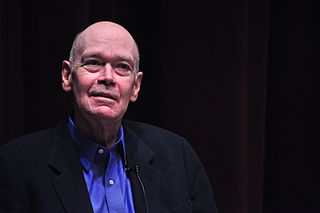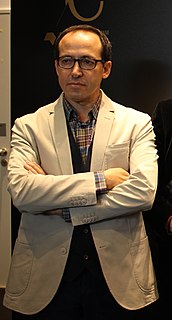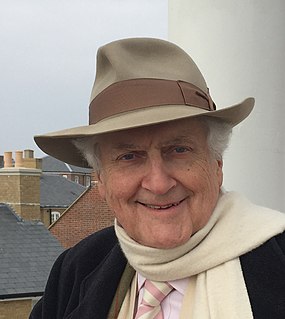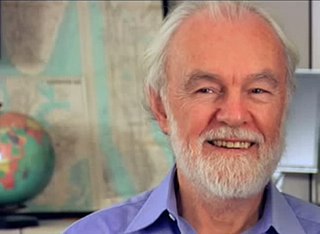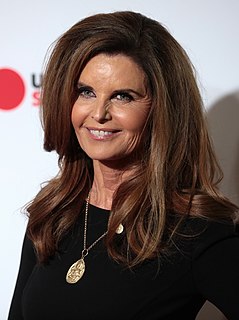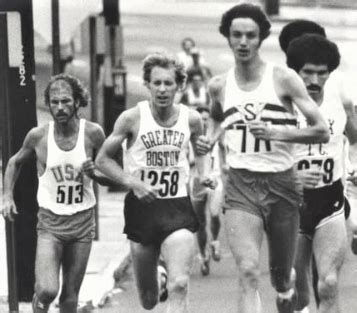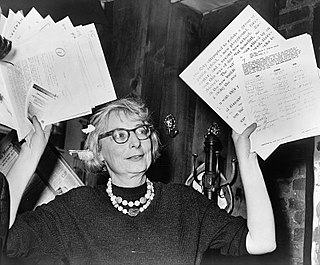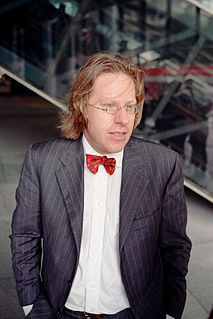A Quote by Jonathan Raban
Living in cities is an art, and we need the vocabulary of art, of style, to describe the peculiar relationship between man and material that exists in the continual creative play of urban living. The city as we imagine it, then, soft city of illusion, myth, aspiration, and nightmare, is as real, maybe more real, than the hard city one can locate on maps in statistics, in monographs on urban sociology and demography and architecture.
Related Quotes
Cities originally surrounded by a wall can produce an urban population cut off from the surrounding fields and from agriculture altogether. At the same time, the greenbelt laws eliminate the possibility of the unchecked expansion of a city into a monstrous megalopolis. If there is a need for additional homes, a new city must be established.
A city can only be reconstructed in the form of urban quarters. A large or a small city can only be reorganized as a large or a small number of urban quarters; as a federation of autonomous quarters. Each quarter must have its own center, periphery and limit. Each quarter must be a city within a city.
Cities must urge urban planners and architects to reinforce pedestrianism as an integrated city policy to develop lively, safe, sustainable and healthy cities. It is equally urgent to strengthen the social function of city space as a meeting place that contributes toward the aims of social sustainability and an open and democratic society.
So here's my advice to city planners. Make your city runnable. Runners are the first wave of troops bringing human activity back to the urban core of any city. Where we go, others will follow. The connection between runnability and livability is so clear (at least to me), that it's surprising that new developments consistently leave pathways out of the plans.
To approach a city, or even a city neighborhood, as if it were a larger architectural problem, capable of being given order by converting it into a disciplined work of art, is to make the mistake of attempting to substitute art for life. The results of such profound confusion between art and life are neither life nor art. They are taxidermy.
